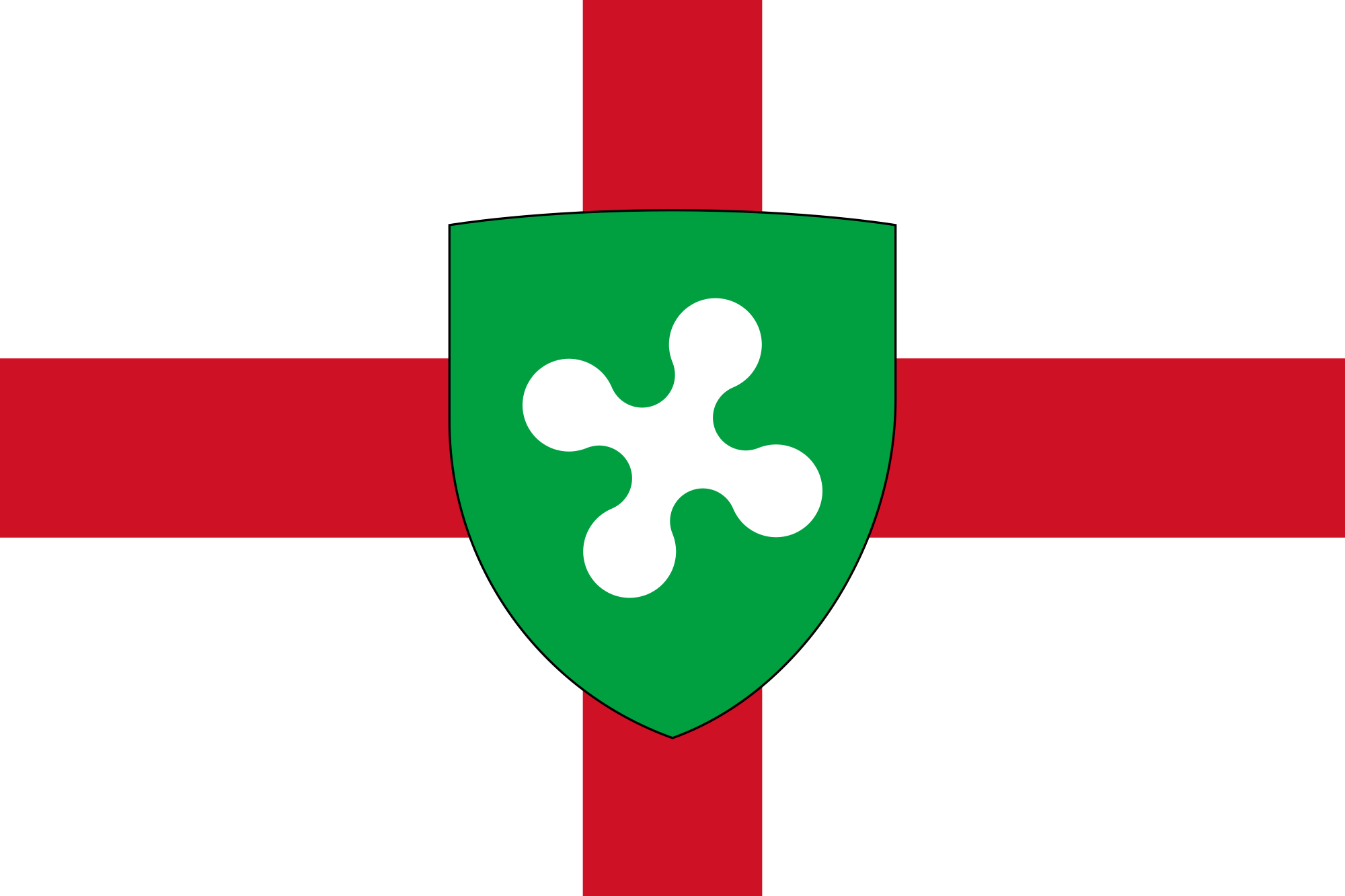Wednesday, June 5, 2019
Lombard nationalism: Part III
Definition of Lombardy
During the ages the concept of Lombardy changed quite frequently. In Early Middle Ages the word Longobardia indicated all the Lombard Kingdom. Since the 12th century the archaic term was gradually replaced by Lombardia (as a linguistic evolution, first appeared in the Pauli Continuatio) and in the geographic view it indicated first the area of the Langobardia Maior and then only the Po Valley, where was the centers of the Lombard power. Meanwhile, Lombardia took on a political meaning, with the creation of the Lombard League and the fight with the emperors for the municipal liberties. The definition remained such until the 19th century, when the new Italian state created today's region in the territory of the so-called Austrian Lombardy, with the addition of Lomellina and Oltrepò Pavese.
Linguistically, the Lombard-speaking area is bigger than the administrative region, and also includes the provinces of Novara, Verbano-Cusio-Ossola plus a part of the Alessandria one in Piedmont, Canton Ticino and the southern valleys of Grigioni in Switzerland, and the western valleys of Trentino. It partially corresponds to the territory of the first Visconti domain in the 13th century.
Some independence parties use alternative expression, such as Historical Lombardy, in opposition to the today's administrative region. According with pro Lombardy Independence and Eurominority, it corresponds with the joined Lombard-speaking and Emilian-speaking areas.
Symbolism
The Lombard movements today have not a unique symbol recognized by all.
The statue of Legnano Warrior, erroneously identified as Alberto da Giussano, was first used in the end of 50s by the journal La Regione Lombarda, official organ of the Movimento Autonomista Regionale Lombardo. Later was adopted by the Lombard League and finally became the symbol of the Northern League; today is recognized only as a symbol of that political party.
The St. George Cross is used by most independence and autonomy parties, despite some of them also use the flag of the Duchy of Milan, the Camunian rose or a flag inspired by federalist movements of 1848, with St. George Cross superimposed by green. There is also the idea of using a flag with both the red cross and the Biscione of the House of Visconti.
************
Lombard flag reflecting west Lombard heritage, with the Visconti family or Milanese arms....
************
Lombard flag reflecting east Lombard heritage, with the Camunian rose motif....
.
Labels:
geopolitics,
Lombard history,
Lombard nationalism,
Lombardy
Subscribe to:
Post Comments (Atom)





No comments:
Post a Comment